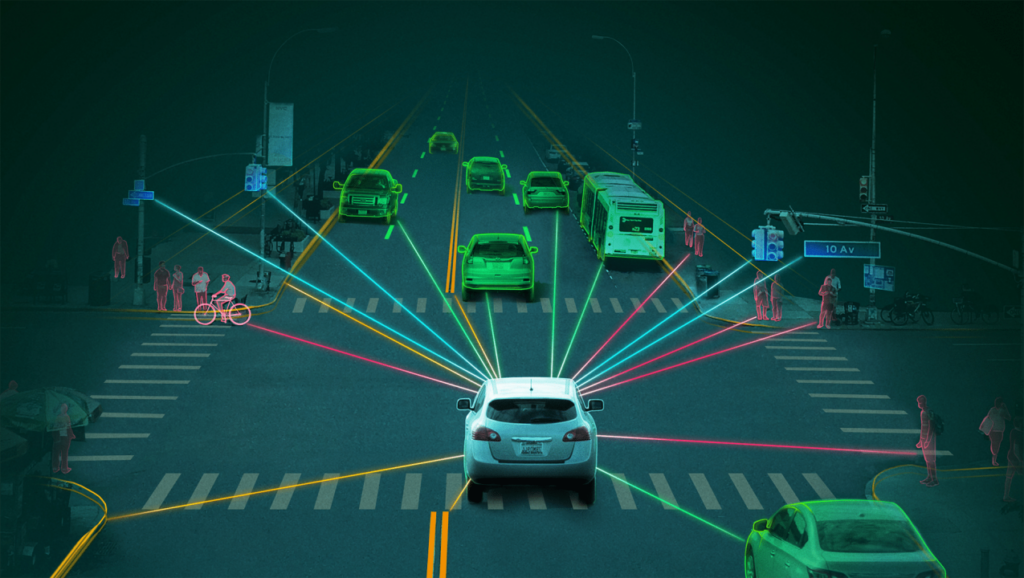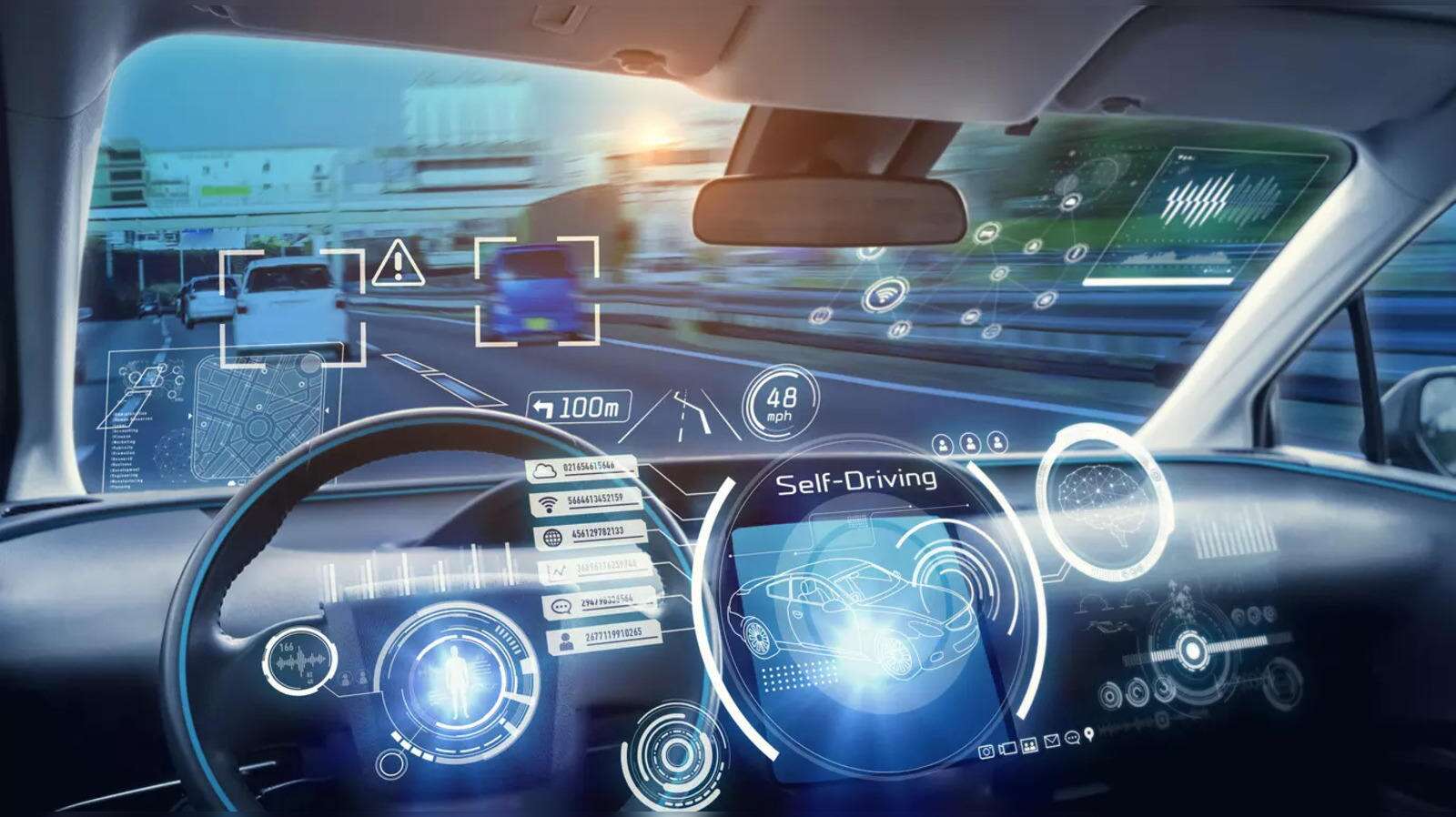Revolutionizing Transportation with Self-Driving Vehicles
The advent of self-driving vehicles has sparked a revolution in the transportation industry that promises to redefine how we move from one place to another. With advancements in artificial intelligence and sensor technology, these innovative vehicles are not only reshaping our understanding of mobility but also presenting new opportunities for safety and efficiency. By leveraging real-time data and continuous learning capabilities, self-driving vehicles have the potential to significantly reduce accidents caused by human error, making our roads safer for everyone.
Moreover, autonomous cars are poised to transform urban landscapes by optimizing traffic flow, reducing congestion, and minimizing carbon emissions. Imagine a world where transportation is seamlessly integrated with smart city infrastructure, where vehicles communicate with each other to coordinate routes and minimize delays. This vision of interconnected mobility presents a promising future where transportation becomes more sustainable and accessible for all individuals. The possibilities are endless as we witness the dawn of a new era in transportation brought forth by self-driving vehicles.
Introduction: The rise of autonomous vehicles

The concept of self-driving vehicles has gradually shifted from a futuristic notion to a tangible reality in recent years. The rise of autonomous vehicles marks a significant turning point in transportation history, promising remarkable advancements in safety, efficiency, and accessibility. With the convergence of cutting-edge technologies like artificial intelligence, machine learning, and sensor systems, autonomous vehicles are on track to revolutionize the way we move from point A to point B.
Benefits of Self-Driving Vehicles: Safety and efficiency
Self-driving vehicles offer a promising solution to reducing road accidents caused by human error. With advanced sensors and artificial intelligence technology, autonomous cars can react faster to potential dangers on the road, significantly improving safety for passengers and pedestrians alike. In fact, studies have shown that self-driving vehicles have the potential to reduce traffic-related fatalities by up to 90%, a staggering figure that underscores the life-saving benefits of this innovative technology.
Challenges to Adoption: Technological limitations and regulations
One of the major challenges hindering the widespread adoption of self-driving vehicles is technological limitations. While the technology has advanced significantly in recent years, there are still concerns about its reliability and safety. Issues like adverse weather conditions, complex urban environments, and human unpredictability continue to pose obstacles to fully autonomous operation. Additionally, the need for continuous updates and improvements in software and hardware presents a constant challenge for developers.
On the regulatory front, there are significant hurdles that must be overcome before self-driving vehicles can become a norm on our roads. Different countries and regions have varying laws and regulations regarding autonomous vehicles, creating a fragmented landscape that can impede progress. Questions around liability, insurance requirements, data privacy, and ethical considerations further complicate the regulatory framework for self-driving technology. Achieving consensus among policymakers, industry stakeholders, and the public will be crucial in navigating these complex regulatory challenges and ultimately enabling the widespread adoption of autonomous transportation solutions.
Impact on Society: Changes in urban planning and employment

As self-driving vehicles continue to revolutionize transportation, we are witnessing significant changes in urban planning and employment patterns. Cities are now reassessing the need for large parking spaces as autonomous cars can efficiently drop off passengers and park themselves. This shift is freeing up valuable land in urban areas, which can be repurposed for green spaces, affordable housing, or business development.
Future Outlook: Potential for widespread integration
As we look towards the future, the potential for widespread integration of self-driving vehicles is a topic of immense interest and excitement. The advancements in autonomous technology have sparked debates on how these vehicles will reshape transportation as we know it. From reducing traffic congestion to improving road safety, the possibilities seem endless with self-driving vehicles.
One key aspect to consider is the impact on urban planning and infrastructure development. With self-driving vehicles, there could be a shift towards more efficient land use and reduced need for large parking lots in city centers. This could pave the way for more green spaces and pedestrian-friendly environments, leading to a healthier and more sustainable urban landscape. Embracing this revolution in transportation opens up new opportunities for innovation and collaboration between industries that were previously separate.
Ethical Considerations: Decision-making in emergency situations
Ethical considerations play a critical role in decision-making during emergency situations involving self-driving vehicles. One of the main dilemmas arises when these vehicles need to make split-second decisions that may result in harm or damage. For example, should a self-driving car prioritize the safety of its passengers or pedestrians in an unavoidable accident scenario?

